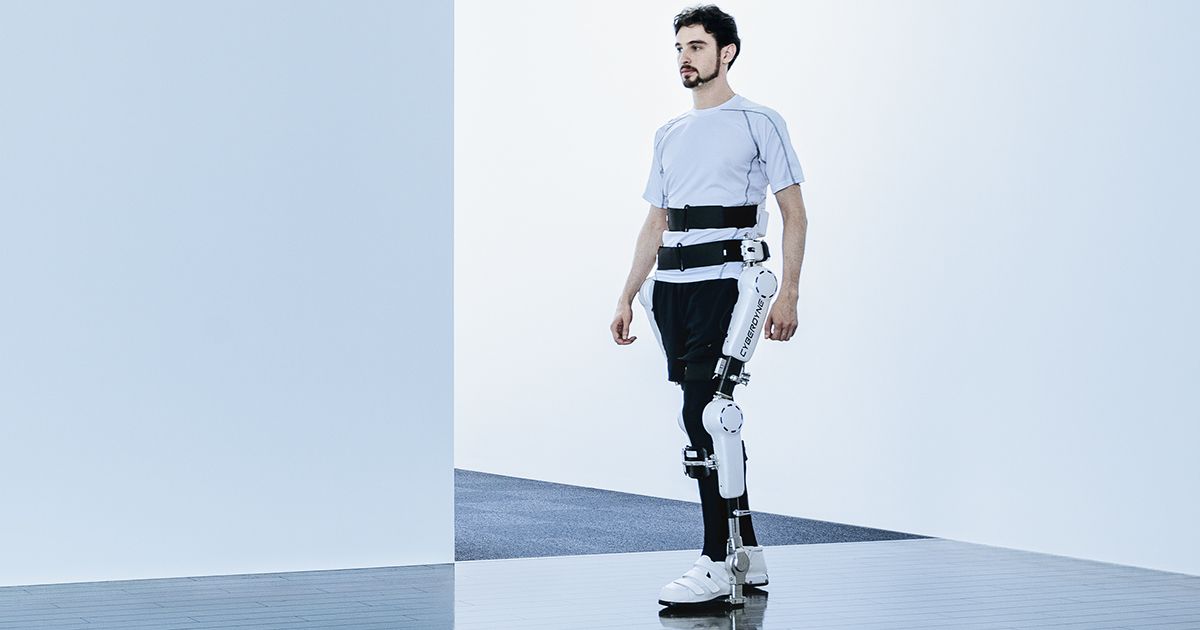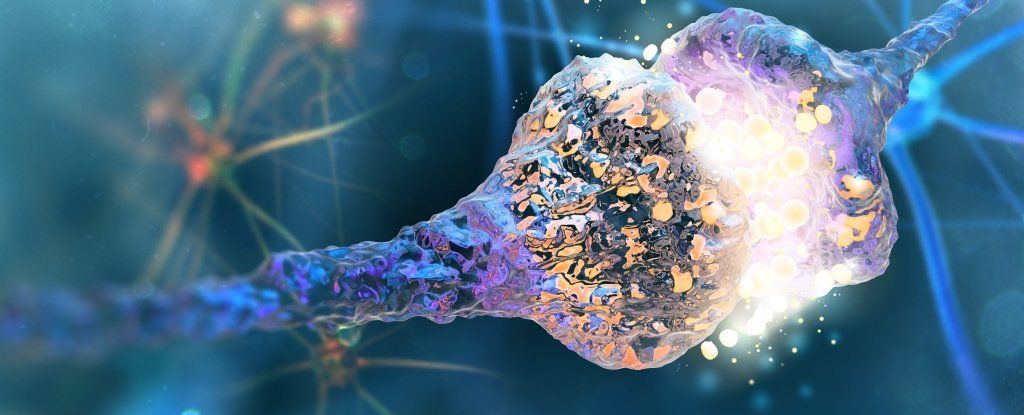Jan 24, 2018
Better than holograms: A new 3D projection into thin air
Posted by Genevieve Klien in categories: holograms, particle physics, space
One of the enduring sci-fi moments of the big screen—R2-D2 beaming a 3D image of Princess Leia into thin air in “Star Wars”—is closer to reality thanks to the smallest of screens: dust-like particles.
Scientists have figured out how to manipulate nearly unseen specks in the air and use them to create 3D images that are more realistic and clearer than holograms, according to a study in Wednesday’s journal Nature. The study’s lead author, Daniel Smalley, said the new technology is “printing something in space, just erasing it very quickly.”
Continue reading “Better than holograms: A new 3D projection into thin air” »
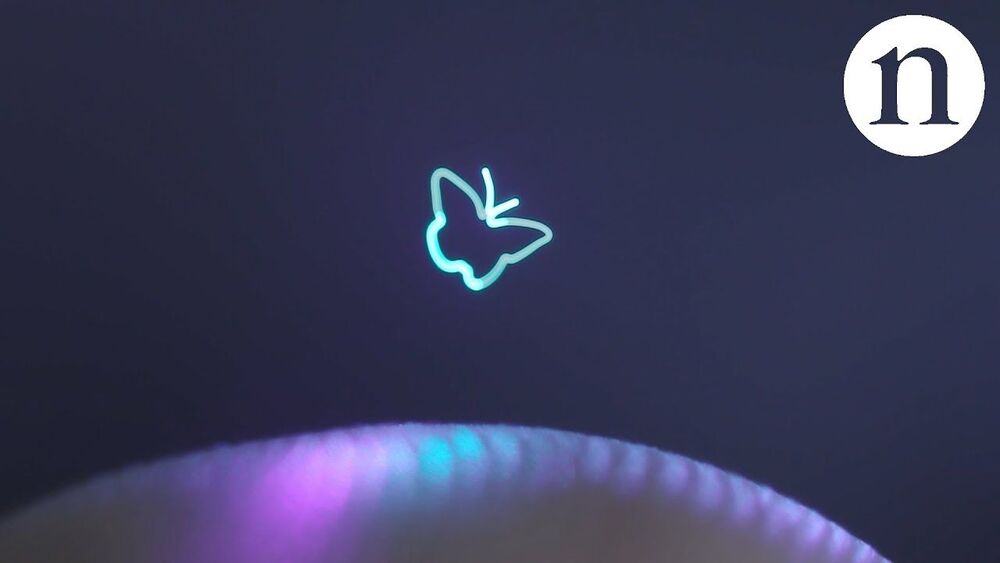
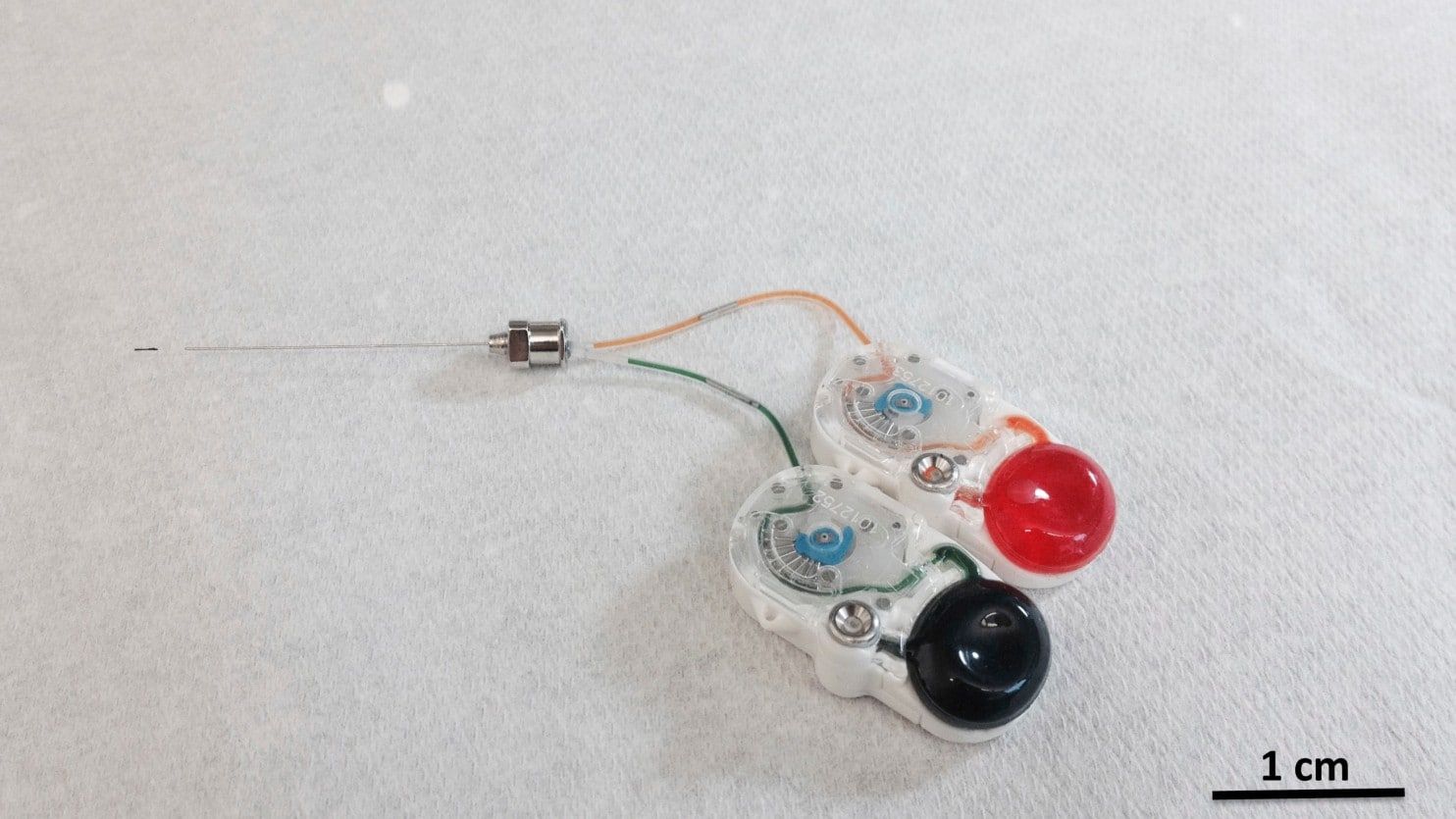

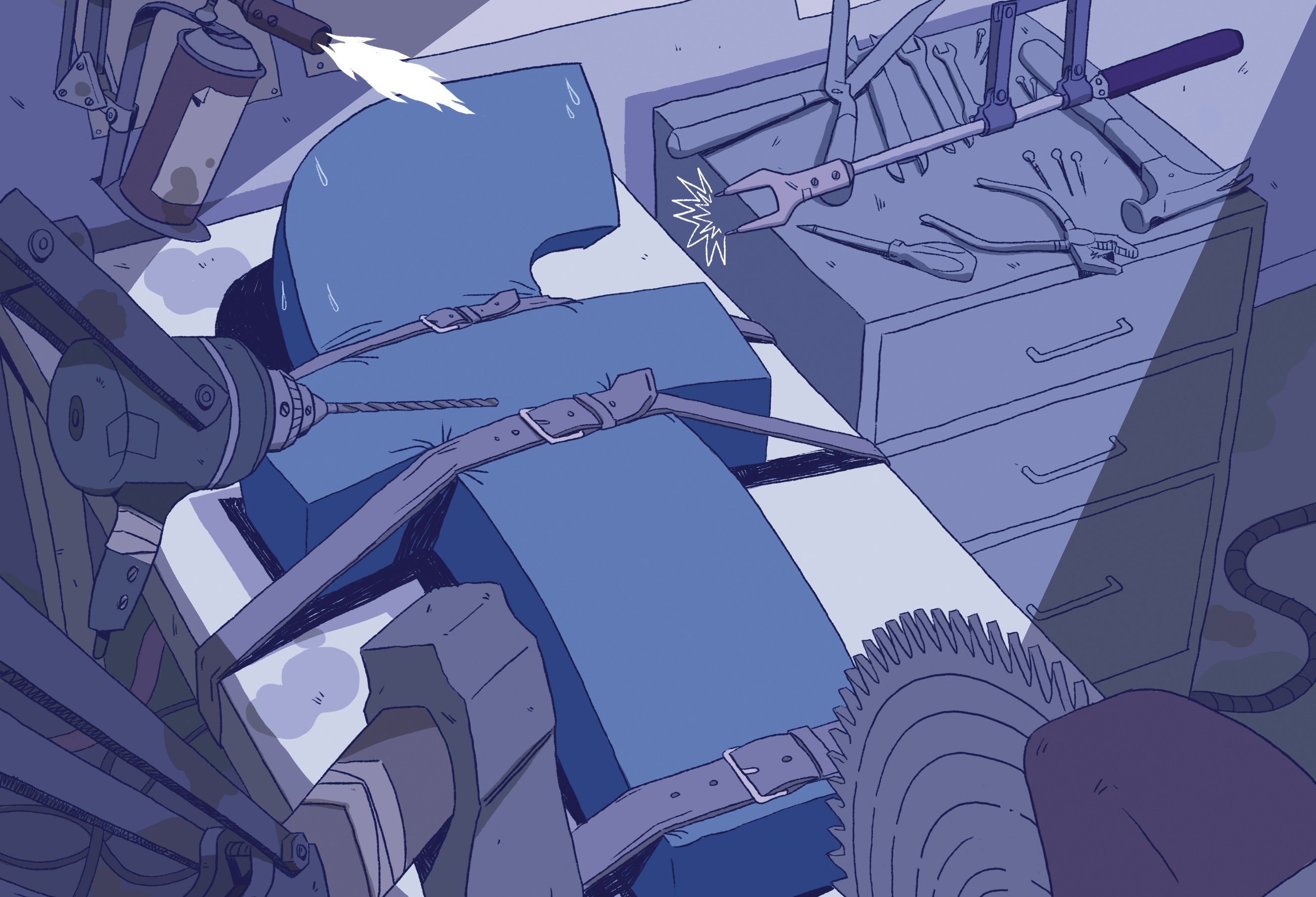


 As we hear more and more about the upcoming Winter #Olympics in a few weeks, let’s remember the idea for a future Transhumanist Olympics:
As we hear more and more about the upcoming Winter #Olympics in a few weeks, let’s remember the idea for a future Transhumanist Olympics: 